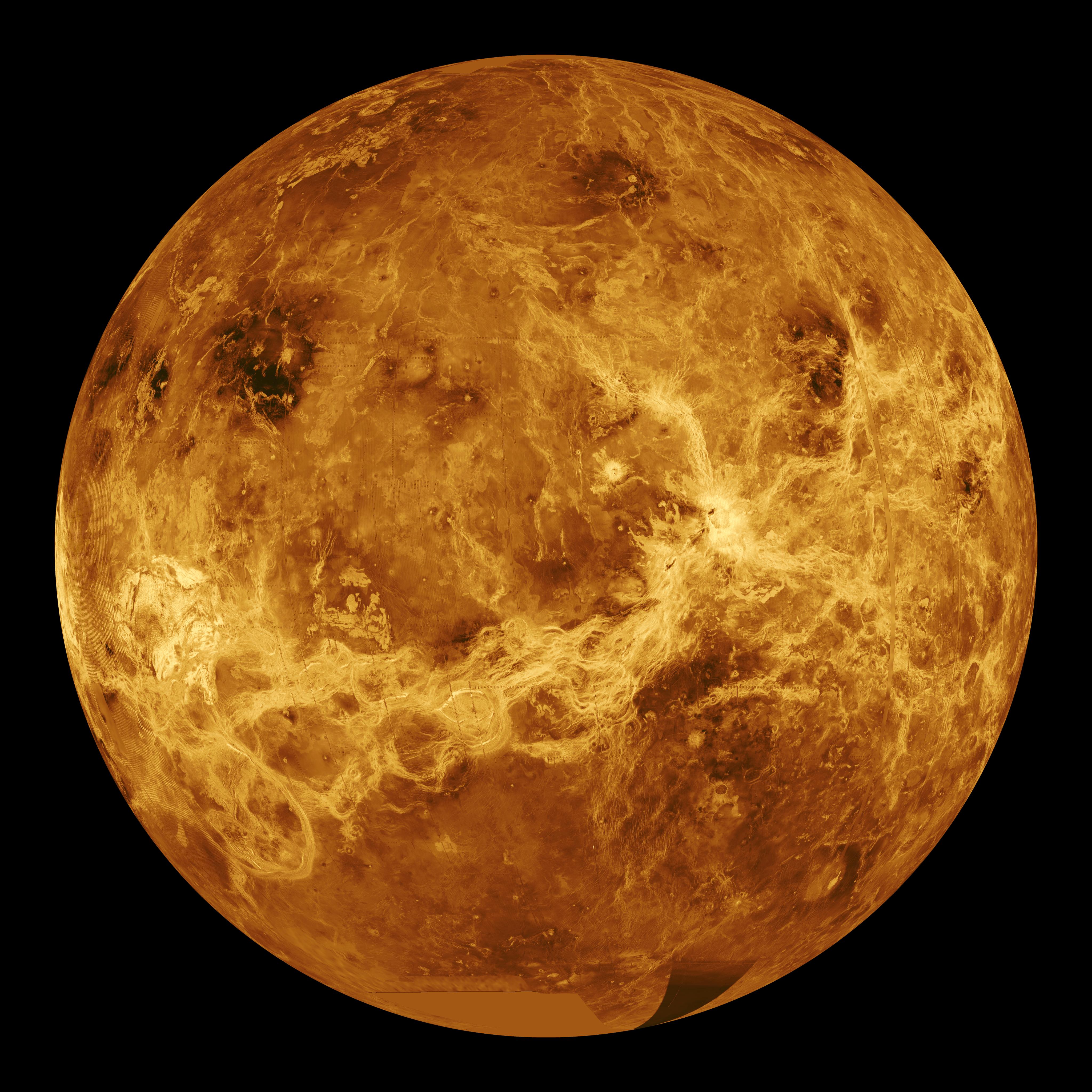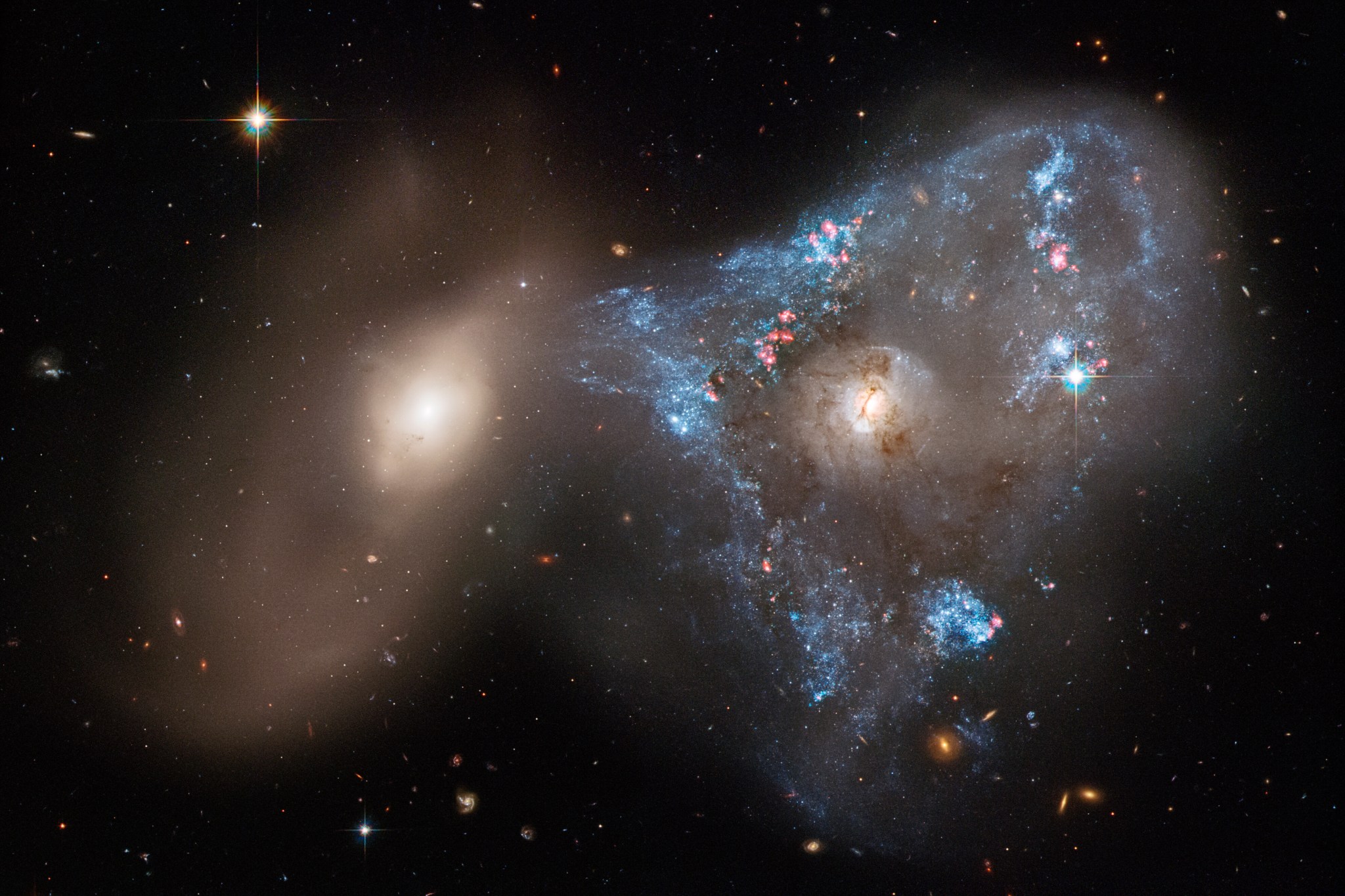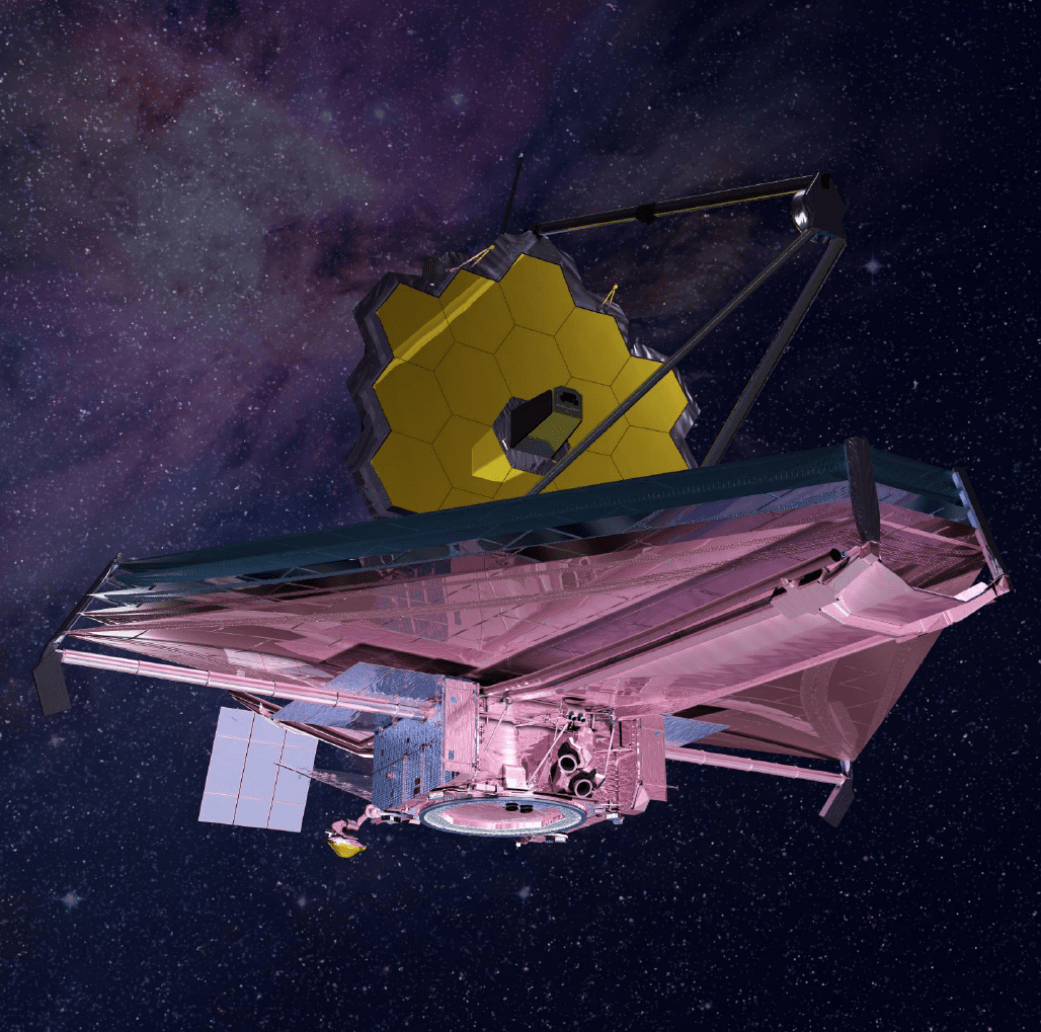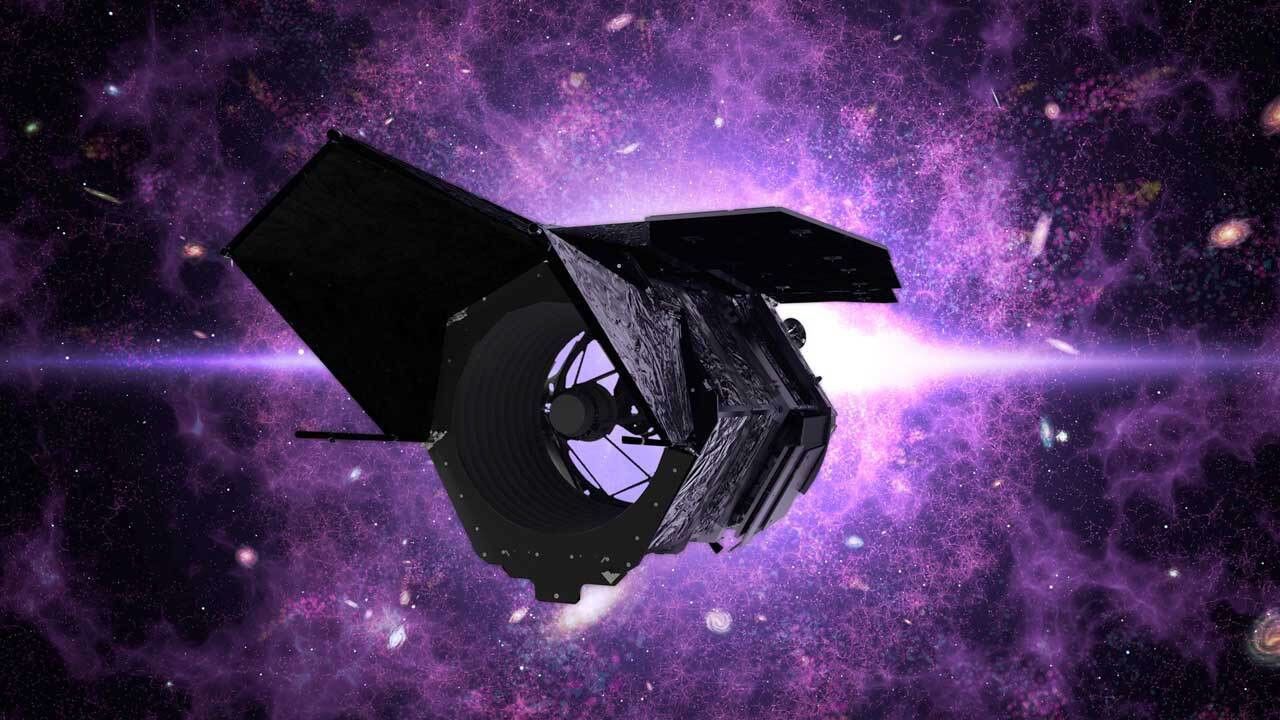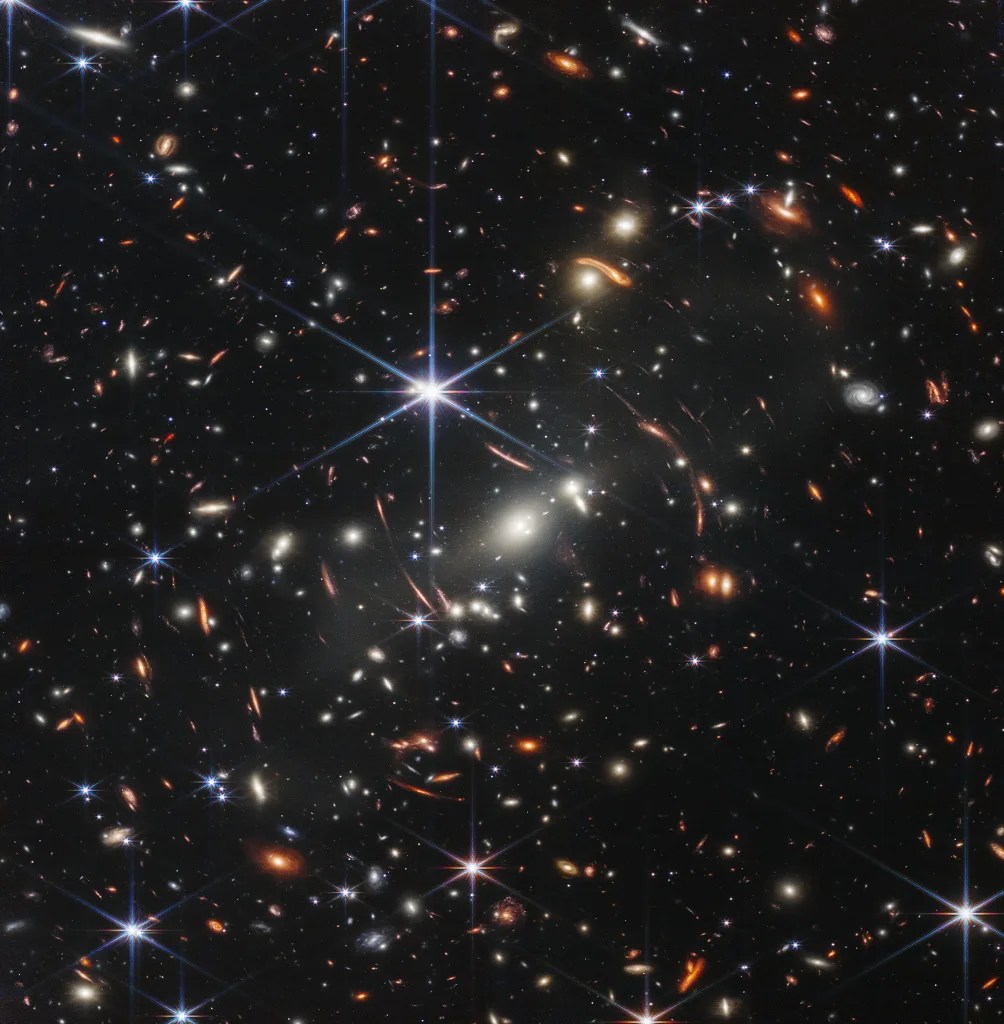About
NASA is further prioritizing its long-running search for life in the universe and laying the groundwork for its next flagship astrophysics mission after the Nancy Grace Roman Space Telescope (slated to launch by May 2027). This observatory would simultaneously provide powerful capabilities for transformational astrophysics discoveries, from our cosmic backyard of the solar system to the distant universe and everything in between.
Currently referred to as the Habitable Worlds Observatory (HWO), this is a concept for a mission that would search for and characterize habitable planets beyond our solar system. Building upon studies conducted for two earlier mission concepts called the Large Ultraviolet Optical Infrared Surveyor (LUVOIR) and Habitable Exoplanets Observatory (HabEx), HWO would be designed specifically to identify potentially habitable planets around other stars, closely examining their atmospheres to determine if life could possibly exist.
The mission’s main objective would be to identify and directly image at least 25 potentially habitable worlds. It would then use spectroscopy to search for chemical “biosignatures” in these planets’ atmospheres, including gasses such as oxygen and methane which could serve as critical evidence for life. The observatory would introduce new capabilities to study the universe with unprecedented sensitivity and resolution, giving us important new insights into the evolution of cosmic structures, including how galaxies form and develop over time.













